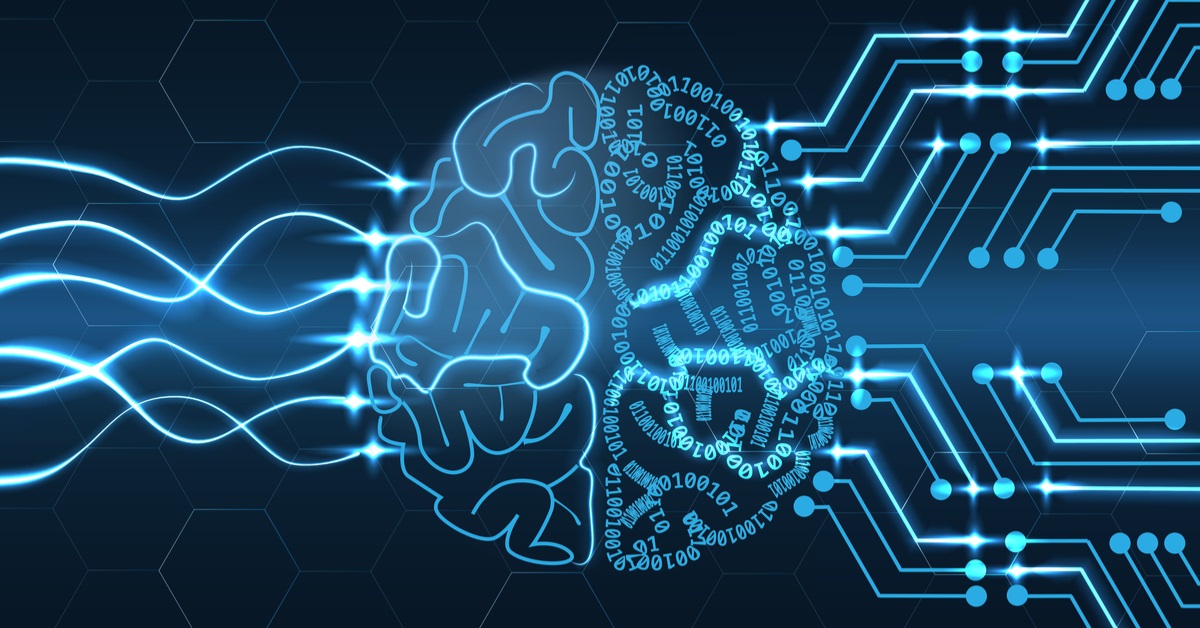4 minutes
AI technology produces fast, accurate insight for boosting brand loyalty.
Machine learning is a technology you are likely hearing a lot about these days, for good reason. Artificial intelligence uses algorithms to process data, detect patterns and predict outcomes. Machine learning is a subset of AI that goes a step further by learning to make better predictions and recommendations as it processes more data. As such, it’s having an important impact on a number of fields, including financial services.
A recent survey found that 33 percent of senior financial services industry decision-makers globally have already begun to deploy this emerging technology. Indeed, there are several use cases for artificial intelligence and machine learning applications in banking, from risk and compliance to underwriting and investment portfolio management.
While there is a lot of talk about the disruptive power of artificial intelligence, most of the AI solutions in the market today are making small, yet meaningful improvements to the way we do our jobs. As Harvard Business Review contributors Thomas H. Davenport and Rajeev Ronanki put it, “Highly ambitious moon shots are less likely to be successful than low-hanging fruit projects that enhance business processes.”
Within marketing research specifically, machine learning is enabling data insights to lead strategic decision-making. Because machines are quite simply better than humans at processing a lot of data very quickly, the technology generates more accurate conclusions about the preferences and associated behaviors of target audiences.
Every credit union has key brand attributes a target audience will ultimately use to evaluate the its desirability. Most often, these evaluations are being made instinctively, making it difficult for survey participants to recall with any accuracy how, or even if, they relied on a particular attribute to make a decision. In past research methods, the process of determining these attributes began with human assumptions about what those attributes were, followed by the testing of humans by humans. The accuracy of the results was contingent on how well those assumptions were initially made and how “expert” the human researchers were in their methodology and analysis.
Today, machine learning algorithms process primary survey data from current and prospective consumers, extracting the attributes most important and relevant to them. Here’s a recent example of how the technology worked for a Midwestern community financial institution.
Algorithm Studies Millennials’ Banking Brand Awareness
When lowering the average age of account holders became a strategic imperative for the institution, marketing team members had initial thoughts on what they needed to do to attract members of the digital native segment—but they weren’t sure. What specific attributes do millennials value most in a financial partner?
To rely less on their assumptions, the team deployed a machine learning algorithm to drive a data-led approach. A primary survey of millennials gathered information through a battery of closed- and open-ended questions about their financial values. The raw survey data was then parsed by the learning algorithm using natural language processing, a subset of AI that helps computers understand, process and generate human language. The algorithm drew conclusions about the brand attributes millennials would find meaningful at that moment in time, and the FI was then armed with accurate insights into what messages and channels would connect and help them capture greater market share. The team was able to more confidently invest resources in a targeted marketing strategy that had been validated by the prospects themselves.
Marketers may be most excited by the ability of machine learning to continuously explore data, even when data scientists aren’t commanding it to do so. Tools like the Discida Brand Health Score, for instance, endlessly scan for shifts in target audience attitudes, all without human intervention. After establishing benchmark brand perception data, the algorithm can be fed additional data from a variety of sources following a key organizational event or promotion. It will look for correlations between such promotions and changes to the score, giving marketers a new way beyond sales conversions to answer the question, “What was the impact of our efforts?”
In a time when consumer sentiment changes as rapidly as information sweeps across the internet, this kind of real-time insight is huge for marketing and communication teams.
Human and Machine Marketers Working Together
Artificial intelligence is incrementally transforming the way we do business, and the marketing applications for machine learning highlight just one way that credit unions can capitalize. The most successful institutions will fully embrace the possibilities that come from new technology, resulting in smart decisions driven by less guesswork and more intelligence.
The financial services industry is currently experiencing significant disruption in several areas, from the injection of new technology to the emergence of alternative service providers. Consumer expectations for financial services tailored precisely to their wishes require credit unions to know what members value most, perhaps even before they do. Therefore, competing today means being predictive, anticipatory and willing to try new things to inspire member attention and loyalty.
While humans, especially those in the CU movement, are incredibly knowledgeable, there are some things a machine can understand better, or at the very least, faster. Pair humans and machines together, and we’ve got a force chock full of transformative potential.
Alyssa Nolte is chief development officer for Discida (de-see-da), Cedar Falls, Iowa, a national research science firm that serves a wide range of organizations, including credit unions.





